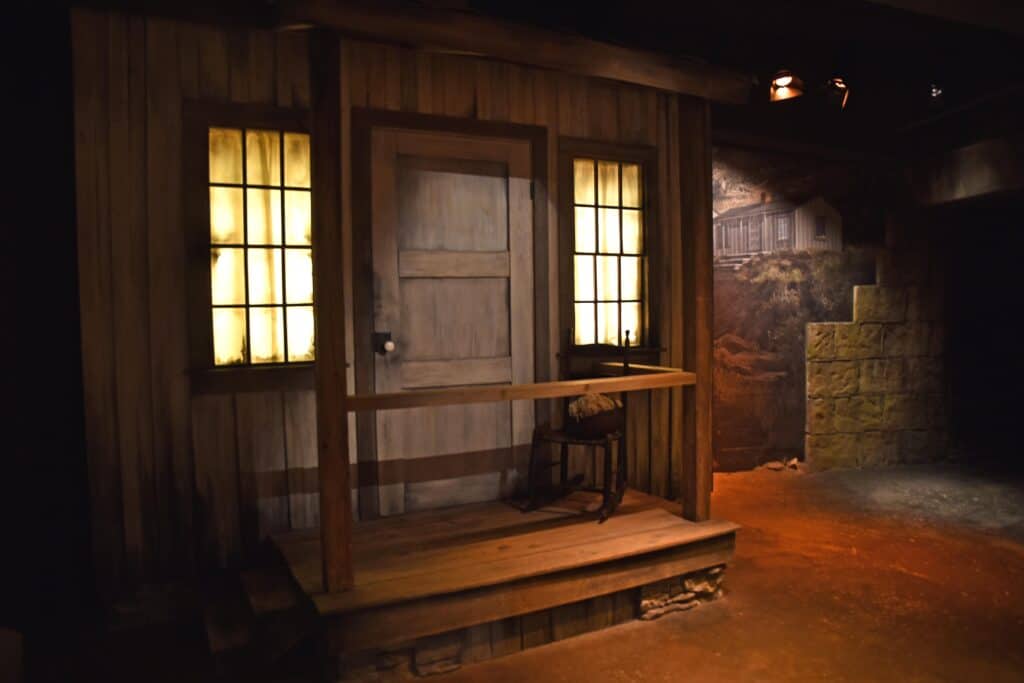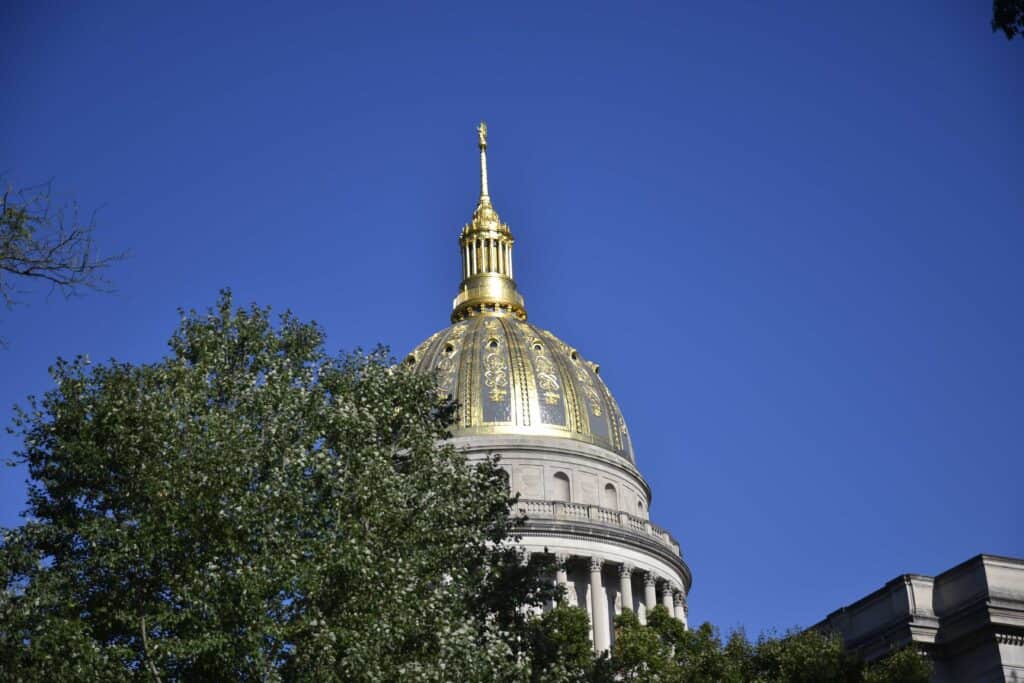A summer adventure led us down roads we had never wandered. Our first stop, on this eastern adventure, landed us in Charleston, West Virginia. Being our first foray into the Mountain State, we chose the capital city as our starting point. Situated just a few steps from the state capitol, the West Virginia State Museum would provide us with a good background on this region. In fact, you might say it was our doorway to the past.
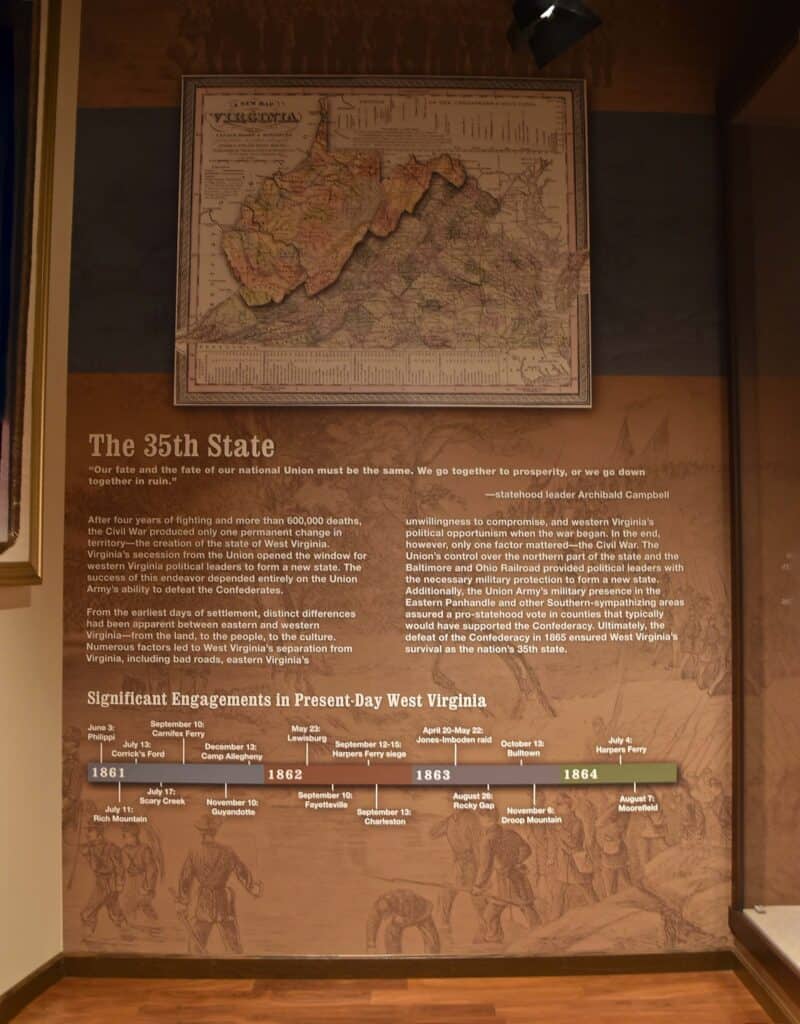
The March Towards Statehood
Every state has it’s own story of how it came to be, but West Virginia’s is rather unique. Centuries before settlers arrived, the land was populated by an assortment of Indigenous people. It would be the 1670s before an excursion traveled along the Kanawha River to scope out the lands that would become the Mountain State. By the late 1700s, trappers like Daniel Boone had discovered the abundance of wildlife in the region. A burgeoning lumber industry created the need for improved river access and soon steamboats would traverse the waters. By the mid-1800s, Virginia was in the middle of the debate over the direction of the country. Many in the western portion of the state had different feelings than those in the east.
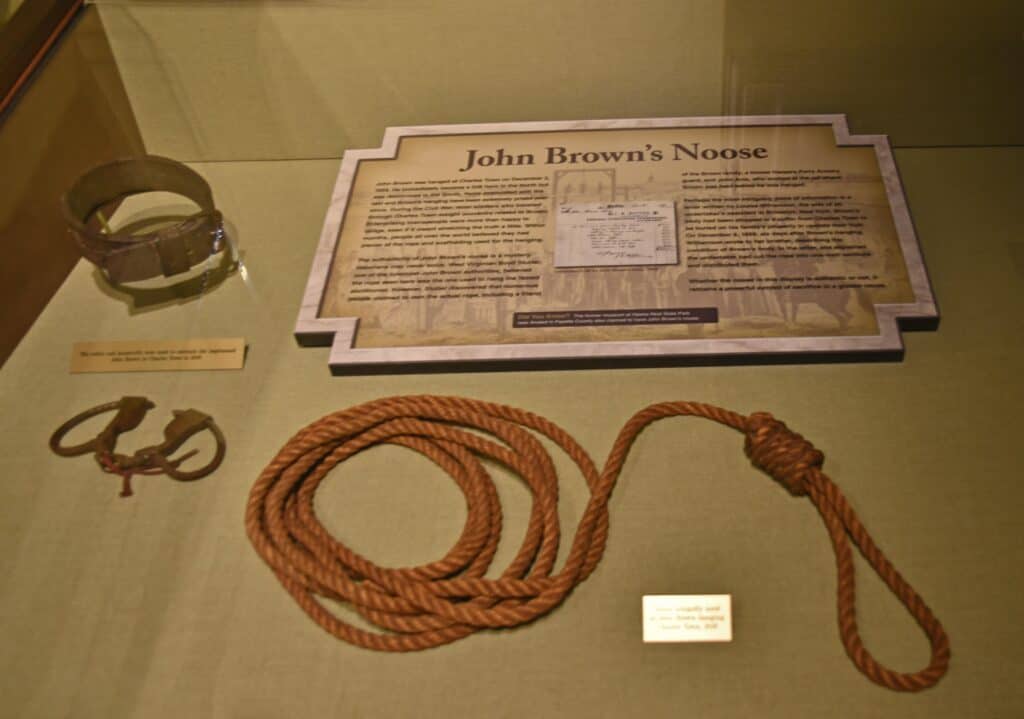
We're Not In Kansas Anymore
While the atmosphere in Virginia was changing, out west a spark was growing that would ignite a powder keg of conflict. In our home state of Kansas, John Brown was in the middle of a bloody “Border War”. Once the final vote brought Kansas into the Union as a Free State, Brown set his sights on a new goal. This one would bring him to Harper’s Ferry, in the fall of 1859. With 21 followers, they launched an assault on the armory. After a short skirmish, Brown was captured, tried, and hanged. It was a long way to travel just to fail. You can imagine our surprise to see John Brown’s noose on display at the West Virginia State Museum.
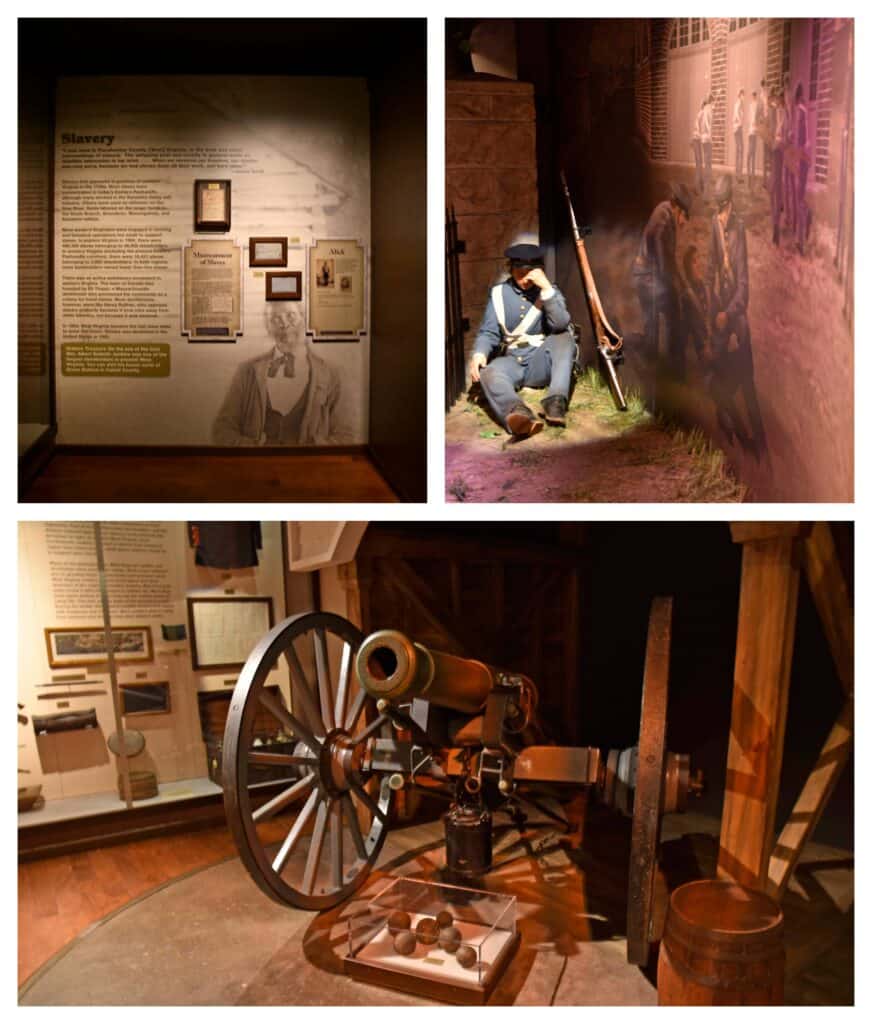
The War Causes Division
The spring of 1861 would see Virginia secede from the Union. During the secession vote, it was clear that the western region was opposed. Soon afterwards, the delegates from the western region of the state met to discuss the need to separate from the east. A series of political moves ended up creating two state governments in Virginia, one each for the Union and Confederacy. Over the next year, a new state would rise from the counties on the western end of Virginia. On the final day of 1862, President Lincoln would approve the admission of West Virginia, with the condition of gradual abolition of slavery.
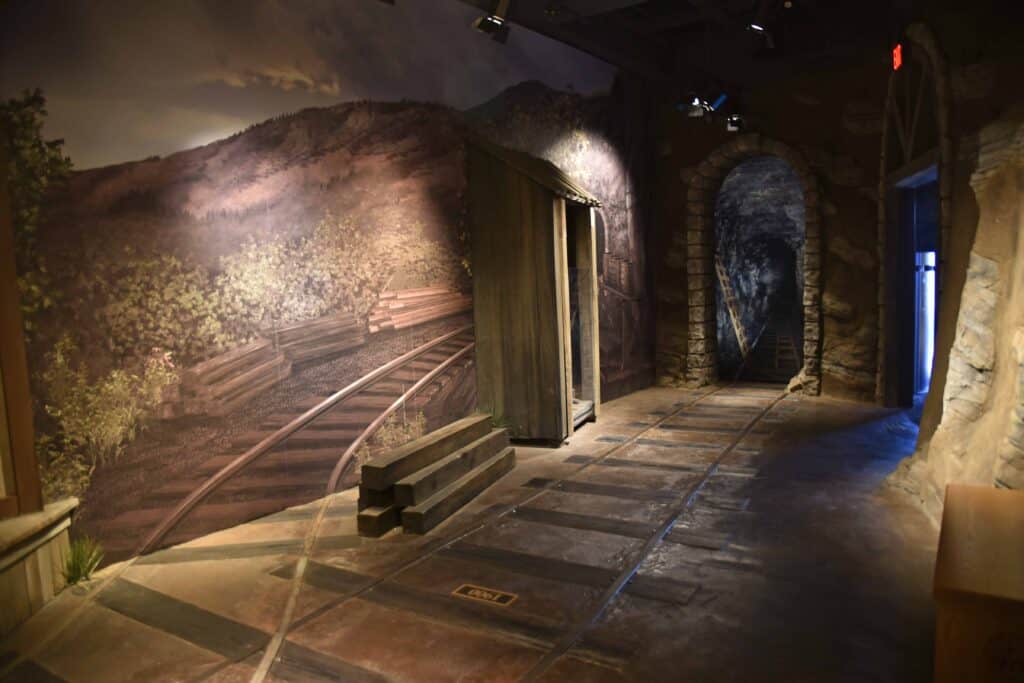
Coal - The Future of West Virginia
The unusual beginning of statehood occupied a portion of the West Virginia State Museum, but it was not the only subject in their exhibits. After the war, an increase in rail traffic found its way into West Virginia. This offered a practical solution to the movement of the large amounts of coal that had been discovered in the region. Coal demand was high by the early 1900s. Industries relied on it, as did many households for heat. This led to many residents suffering from unsafe work conditions. Many of the battles for organized labor happened in West Virginia, as an effort to improve working conditions for miners.
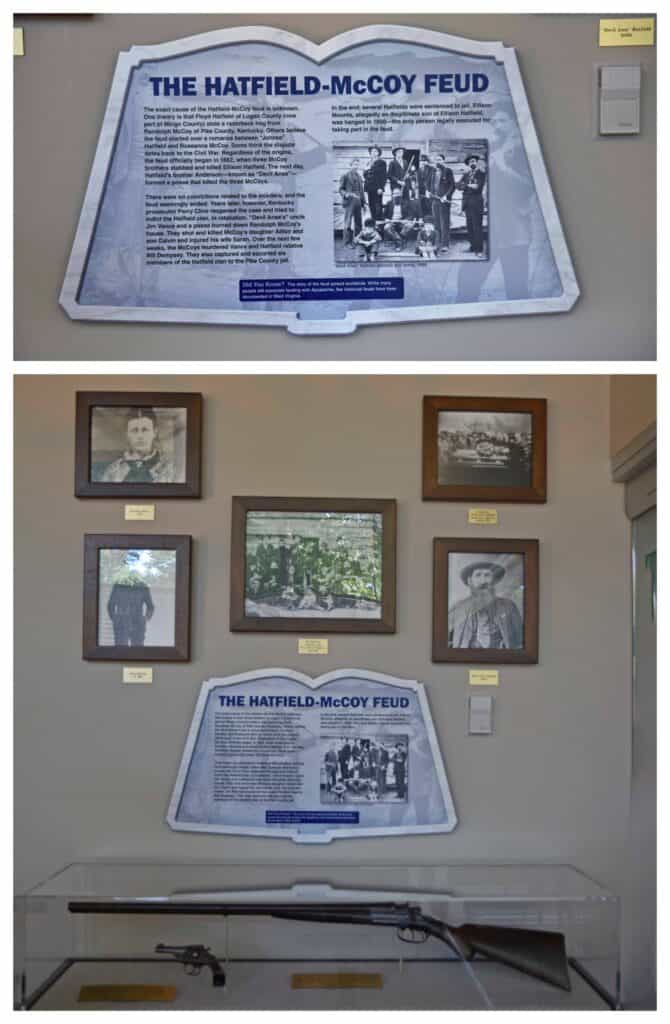
Most Famous Feud
As we made our way through the West Virginia State Museum, we happened upon another exhibit that hit close to home. It’s safe to say that the majority of Americans have heard mention of the Hatfield and McCoy feud. With Crystal having the maiden name McCoy, I began to wonder if she was a descendant of this famous clan. While she doesn’t know of a connection, she certainly spent plenty of time examining this display. I was surprised to learn that this particular feud crossed state lines. The Hatfields were primarily West Virginia residents, while the McCoys mostly resided in Kentucky. This long-standing feud played out over the decades following the Civil War. As a result, it took the lives of over a dozen members from each family.
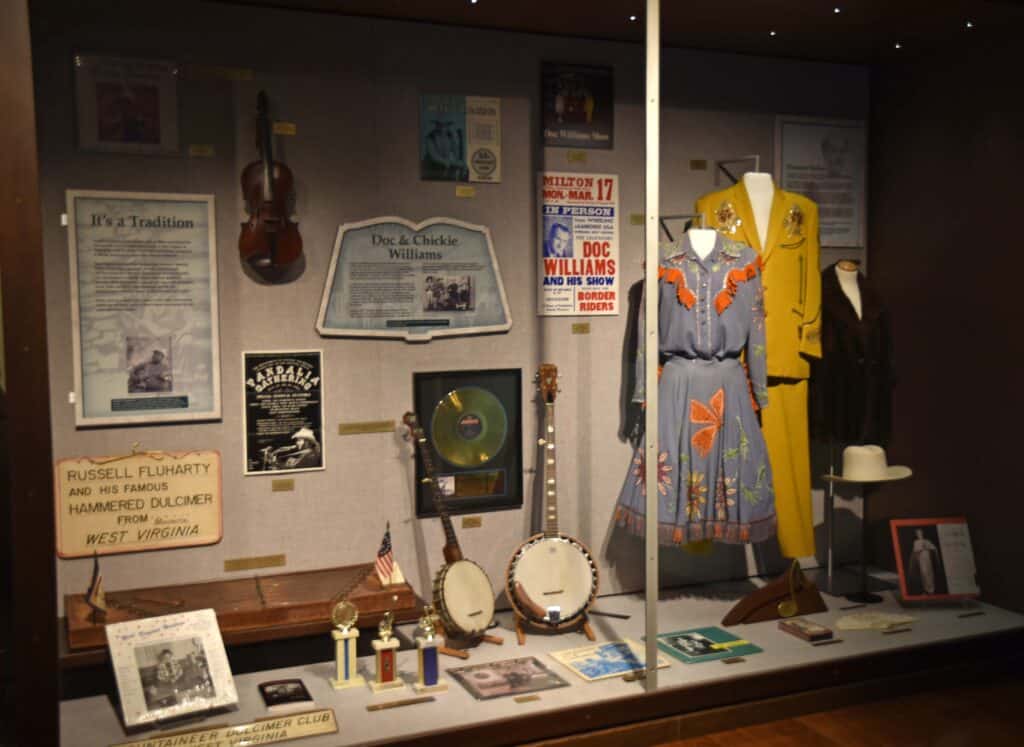
Music to Our Ears
The West Virginia State Museum would be incomplete without a nod to the music of the Mountain State. Appalachian folk music has a calming effect on the soul, and is often served up in ballad form. Being country music fans, it was easy for us to fall in love with the fiddles and banjos. In fact, during our visit to Charleston, we had the pleasure of discovering a music festival just a couple of blocks from our hotel. Our doorway to the past came with a warm welcome.


